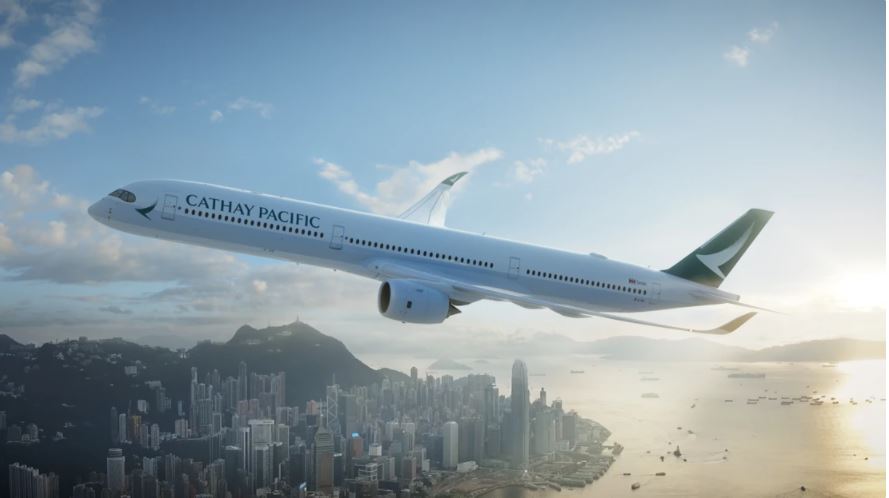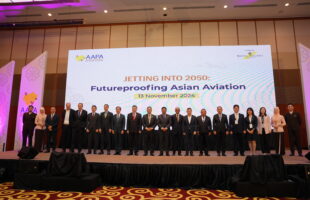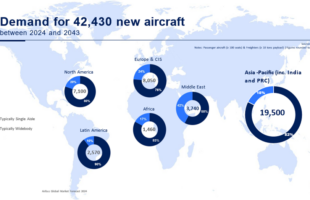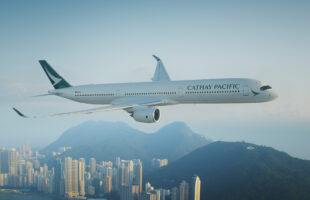
(Credit: Cathay Pacific)

AAPA Director General Mr. Subhas Menon in a statement said several Asia Pacific carriers may face an existential threat unless they get recapitalisation or fund injections. Although he did not state or pinpoint which airlines are affected.
September figures released by AAPA showed “markedly depressed levels” for passenger and cargo demand year on year, and the trade association sees “no recovery in sight.”
AAPA noted that although manufacturing conditions further improved globally, some Asian economies continue to face weakness in exports.
Also read: Cargo down 19.3 percent in August, as AAPA asks states to tune border rules
International air cargo demand, measured in freight tonne kilometres (FTK), fell 17.5 percent year-on-year in September, still a mild improvement from the 19.3 percent annual drop last month.
Offered freight capacity meanwhile contracted 29.9 percent, leading to a 10.6 percentage point jump in average international freight load factor to 70.6 percent, on par with the previous month.
On the passenger front, Asia Pacific airlines flew 1.1 million international passengers in September, 3.6 percent of the 30 million that travelled in September 2019.
Offered seat capacity was a little higher at 11 percent of last year’s level, whilst the international passenger load factor was 31.7 percent.
“Airlines are struggling to survive as international air travel remains severely curtailed by onerous travel restrictions. Without recapitalisation or fund injections, several of the region’s carriers face an existential threat. Thousands of aviation jobs are already lost, with more at risk,” said Mr. Menon.
Cathay Pacific, an AAPA member, earlier this month announced cuts affecting 5,900 jobs and shuttered its Dragon brand as part of a major restructuring.
The Hongkong airline said the cash burn was no longer sustainable given the slump in passenger demand and with no domestic market to fall back on. The carrier only saw 1,500 passengers per day in September, against the nearly 100,000 per day in a normal situation.
AAPA’s director general again urged governments to implement consistent and coordinated measures based on objective risk assessment to help restore confidence in air travel
“While the establishment of green lanes and travel bubbles in the region is a positive first step, their disparate and restrictive requirements make it difficult for these to take off meaningfully,” Menon said.
Singapore and Hongkong have agreed in principle to creating an air travel bubble to restart passenger travel, with no formal details yet of the arrangement. Carriers from the two cities both heavily rely on cross-border travel.








